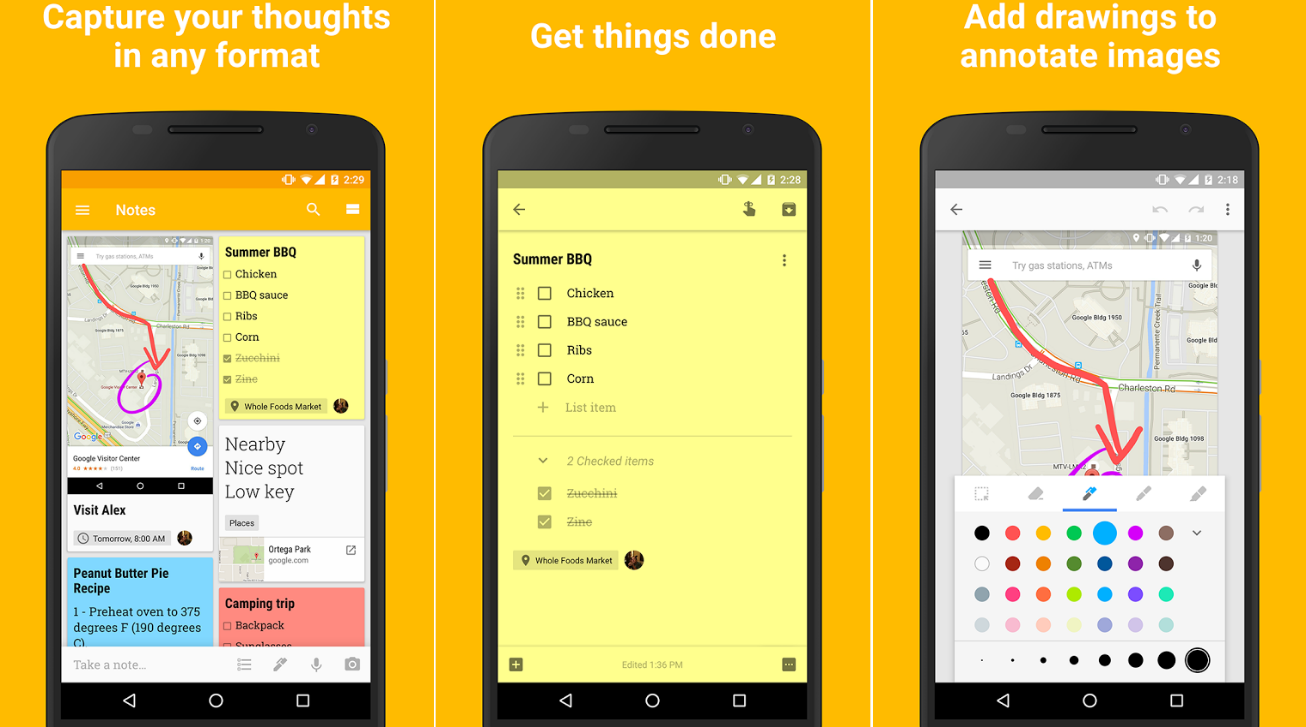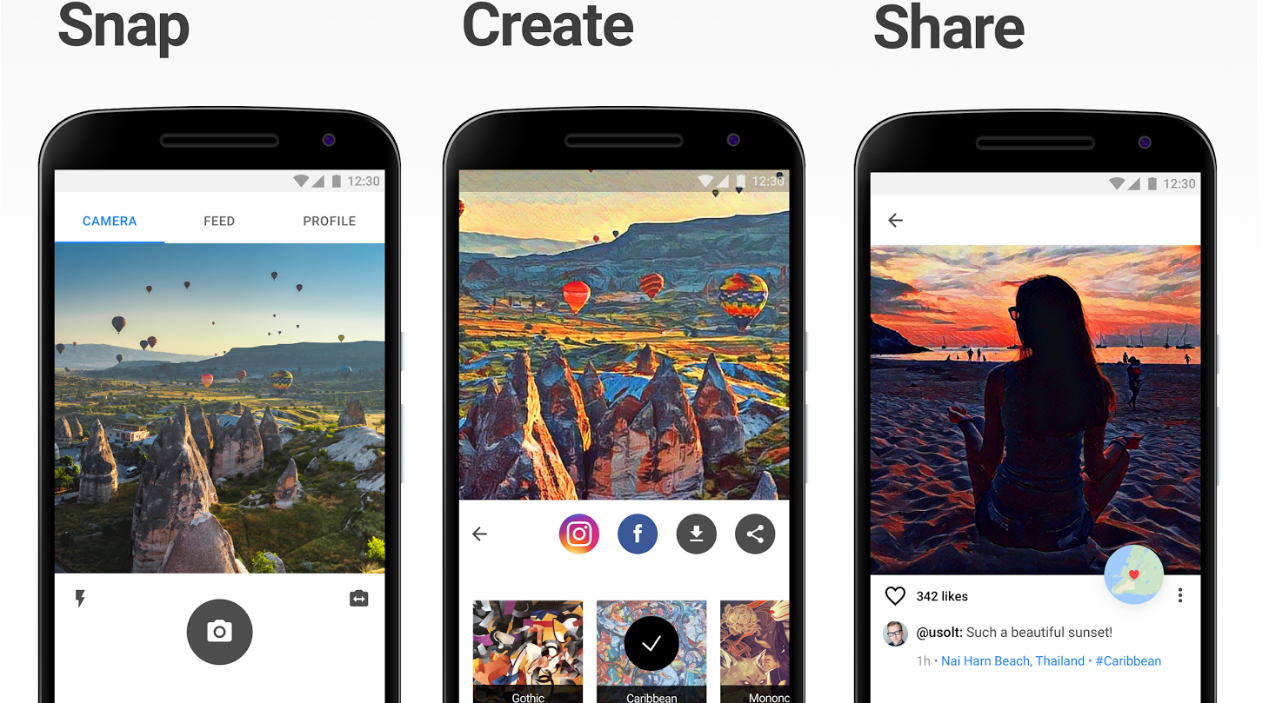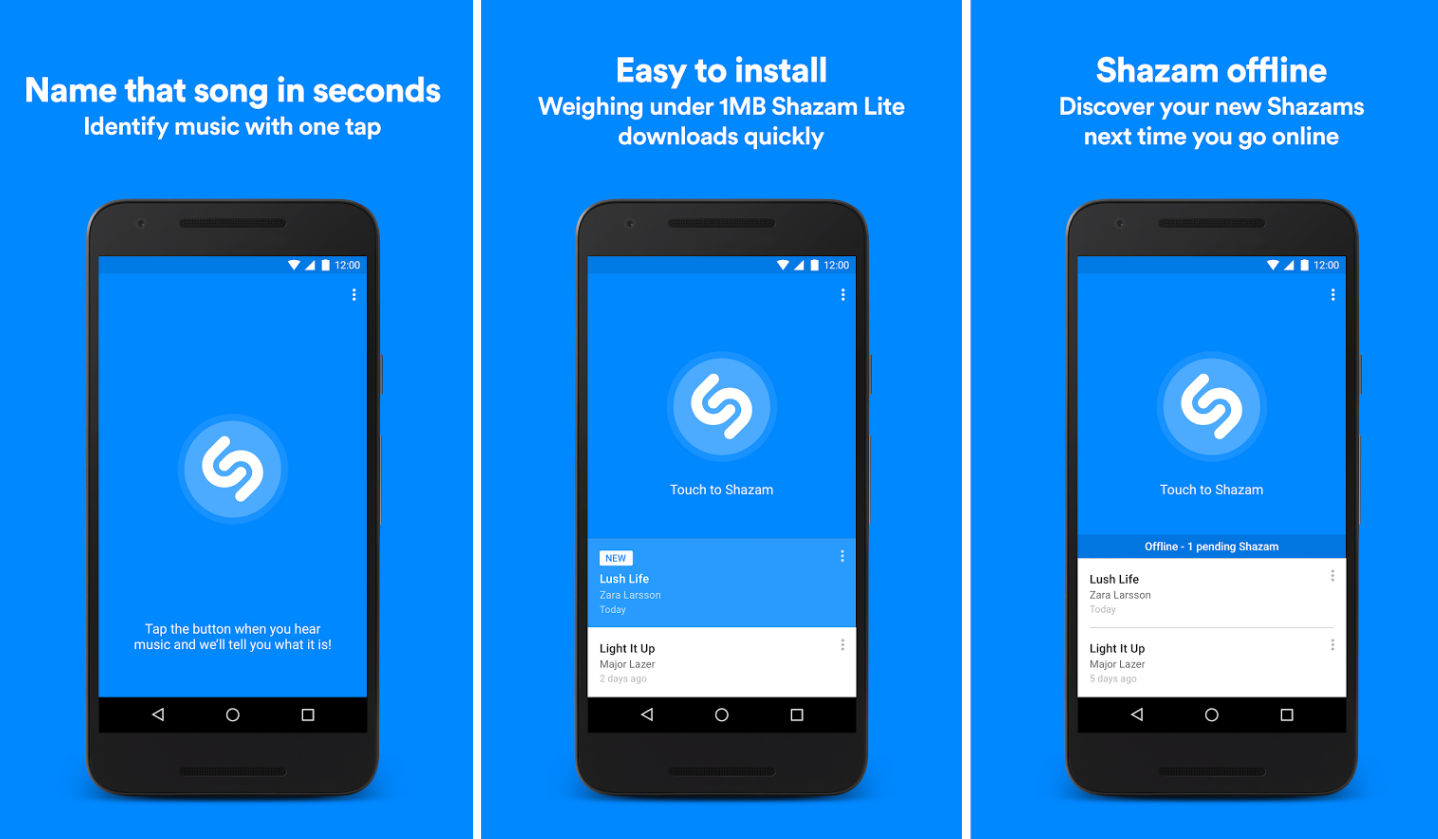
Phishing attacks are steadily on the rise. Every day, more and more people are duped into opening malicious emails and trusting in its contents. As a result, they give away personal information or find themselves picking up some nasty form of malware. However, avoiding phishing attacks is more manageable than most people think. Here are a few simple tips to follow.
Look the sender up and down before you take any email seriously. Do you know this person? Does it sound like a legitimate email address? Does this person have any business sending you an email?
And keep in mind, if you do “know” the person, always double-check the email address. Sometimes people will do their research, find someone you know, and do their best to replicate his or her email address. But this email address will usually be off by a letter or two – it’s easy to catch if you take a few seconds to look it over.
Emails typically aren’t used for urgent communication. But if an email does contain an urgent message, usually it’s something that’s already been discussed and the email merely serves as a follow-up or reminder.
However, this doesn’t mean you should throw every urgent email into the trash automatically. You should be cautious of them, though. If an email requests a payment or personal information from you, make sure to double-check and triple-check the sender before you do anything.
Malicious emails usually aren’t written that well. They’ll probably contain simple grammatical errors that a business professional or popular brand would never make. So if you see something like this in an email, it should set off a silent alarm in your head. However, this isn’t always the case. Phishing emails can be written perfectly, and non-malicious people have been known to make grammatical mistakes.
It can be quite difficult to call out a phishing email with nothing but the subject line. That’s a tough one. But what a subject line can do is lend to the overall examination of the email.
Does it feel wonky? Is it off-base? Does it not make sense? Is it too generic? Is it too urgent? Use the answers to these questions to help you determine whether or not an email should be trusted.
The actual subject of an email can be a surefire indicator of a phishing attack. Does it make sense that this person is talking to you about this topic? And if it does, is the timing appropriate and are the specifics surrounding the topic accurate?
For example, does this email claiming to be from Joe who works at a company you contract with have the authority to ask for payment information? And if he does, do you usually pay invoices this way, to this person, and at this time of the month? If your answer to any of these questions is no, then you’ll need to find a way to verify the request.
Occasionally, the point of a phishing email is to make you download a malicious attachment, thereby infecting your computer with malware. Because of this, you should always be incredibly careful when you are thinking about downloading any attachments from your inbox.
Again, it’s best to ask yourself a serious of questions. For example, if you receive a document from a company like Geico or Progressive, ask yourself if this is how they normally do business. Phishing emails pretend to come from large companies all the time, but large companies normally don’t send out documents through email. They’ll either ask you to log into your account to view new information, or they’ll send you snail mail.
As a business professional, knowing the specific technologies that can help your business grow is important. Not all technology will work for you and your coworkers, but the technology that will work can do things like increase efficiency, minimize downtime, and support daily productivity.
Here are a handful of workplace technologies to consider for your daily IT consumption.
Use the right apps, and your productivity can reach a level you never dreamed possible. With the right string of apps by your side, every part of your workday stands to improve.
Do more, in less time. Take better, more strategic breaks. Get to work quicker and with less hassle. Share and collaborate with ease. It’s all possible with an app… you just need to know where to look and what integrates best with your working style.
Just because your computer came with one screen, doesn’t mean you always have to limit yourself to one screen. In fact, if you do a lot of data entry or if you’re consistently involved in multiple activities at once (for example, scheduling, checking-in, and order processing), two or three monitors can improve your productivity and even help reduce on-the-job stress.
Good technology doesn’t just exist to improve your productivity. It also exists to create a more modern business, strengthen your relationship with consumers, and build up your brand. And what better way to do this then with a website? However, these days, if you have a website that is outdated and not mobile-friendly, this can hurt your business more than help it.
With a good website, your business can reduce communication hurdles, limit consumer frustrations, and market your products and brand with ease. But to do this, you’ll need a website that looks good on a phone, is easy to get to, and even easier to maneuver through.
Documents are an old-fashioned piece of business, but the way you use, share, and move these documents around doesn’t have to be so old-fashioned. Find a more modern way to handle document sharing, and you can improve a whole mess of things, like productivity, collaboration, and even employee morale. With a tool like Dropbox, OneNote, Evernote, or Trello, document sharing will take on an entirely new meaning.
Communication is an important aspect of any team, and ultimately, it can have a major impact on how successful your business can become. However, the best business communication is multilayered, and one piece you should definitely incorporate within your multilayered communication strategy is instant messaging.
This method of communication makes it easy to communicate with coworkers – whether they’re sitting across the building from you or across the room. And with a platform like Skype, for example, you can integrate your messaging capabilities with your email, share documents, and even see if someone is available to chat or currently tied up in a meeting.
Bad habits come in all shapes and sizes, and they even come in the digital variety. And these digital bad habits are just like most bad habits – hard to break, expensive, and can potentially ruin your reputation.
But which online habits are the most damaging to pick up? Here are a few to watch out for.
There are way too many people in this world who don’t lock their mobile devices. But it doesn’t make any sense. Is it really that difficult or time-consuming to type in a few numbers or swipe a simple pattern? And if it is, is dropping a passcode really worth losing data over?
If anyone snatches one of your devices, the only thing really protecting your data is a passcode. If you don’t have one, that person will have an all-access pass to everything inside it.
The power of the almighty click… aimed in the right direction, a simple click has the power to destroy reputations and topple an entire business. Despite this, though, people are still as clicker-crazy as ever. They click on ads that are too good to be true, click on links that are clearly malicious, and click on anything that looks even remotely clickable. Knock it off, and direct your click with a little more caution.
A password is meant to be reused, right?
That would be a ‘no.’ Passwords should not be reused, recycled, or anything else that beings with a re-. If someone gains access to one account, then they’ll gain access to all your accounts. And I don’t know about you, but that sounds pretty terrible. So DON’T do it.
No. A big, fat, resounding, in-your-face, makes-you-feel-stupid, no. The inbox is one of the most widely-used avenues of attack, and the people behind these attacks are getting better and better at putting together emails that look and sound legitimate.
So, no… not every email needs to be opened, read, or clicked on. You must remain suspicious of all emails, and think before you ever click or download anything contained inside an email.
How many times have you received a prompt to update your PC or phone and clicked on the Remind Me Later option?
Actually… don’t answer that.
Stop postponing updates. Just stop. You do it once, and you’ll probably do it again and again and again. And pretty soon, it’ll be 6 months later and you’ll still be clicking Remind Me Later.
It’s probably not a good idea to let people use your devices for an extended period of time. Sure, your mom can send a text through your phone and your coworker can look something up on your laptop; however, it’s important to not let this get out of hand.
In other words, don’t do anything like let a stranger make a call on your phone or allow your friends to take your tablet out of town with them. It only takes a few seconds to swipe data off your devices, so be careful.
It’s a New Year, so how about we get you ready for it? Starting with your technology.
Here are a few quick tips to get you and your tech up-to-speed for the coming year.
Whether it’s your personal inbox or your professional one, there’s no better time than the present to clean it out and get it organized. Go through all those emails that have been sitting in your inbox for months, and do whatever you need to do to check them off your to-do list. Set aside some time for later that can be dedicated to each email and get a handle over your inbox.
Also, take this opportunity to ensure your folders actually make sense. Do you still need them all? Are they labeled correctly and do they accomplish what you need them to accomplish?
And lastly, unsubscribe, unsubscribe, unsubscribe. For the next week or so, take any email you get that you no longer want to get and unsubscribe from it. Do this for just one week and it will have a significant impact on your productivity inside your inbox.
It’s probably safe to assume that you have over a thousand photos stored on your phone. It’s pretty normal at this point. However, this can affect that whole having-storage-on-your-phone thing. This being said, take an hour or so to go through your photos. Delete all those repeat shots and keep only the best photos.
After you’ve done this, consider uploading your photos into the cloud and off of your phone. A good app to consider is Google Photos. You can organize your photos with ease, search by tags or dates, and benefit from unlimited storage.
Did you download an app eight months ago, use it once, and then forget it ever existed? Most likely. And if you’re anything like everyone else, then you’ve done this multiple times, which means your phone is probably littered with a handful of unused apps. So… deal with it.
Take a few moments, swipe through each screen, and delete any app you haven’t used within the last month. And if there is an app on there that you feel you might use at some point in the future, delete it. When the time comes, you can download it again.
And then delete it again.
Passwords. It’s time to change them. Odds are you haven’t done so in a while, and if you have, it was because you forgot your login credentials and the website made you do it. Because of this, there’s likely to be no consistent strategy to your online passwords.
Go through each of your accounts, update your information (like phone number and security questions), and change your passwords. If you can, create passphrases and include capital letters and characters.
This one might take a little longer – depending on if you’re looking at your home PC or your work PC – but your files should all belong somewhere and your folders should all make sense to your personal productivity and daily workflow. So, your documents might be filed away in the appropriate places, but does this actually do anything for your productivity? If not, take the opportunity to adjust how you organize your files. Analyze and restructure.
TheNextWeb, well-known for its tech reviews and online know-how, recently released a list of their top 40 Android Apps of 2016. We took a few minutes to go through the list and weed out our top 5 apps. Here they are in all their glory.

Texting with an Android device is considerably different than texting through the iPhone’s iMessage app. You can do a whole lot more with iMessage… like add stickers, play games, markup photos, and adjust the size and impact of your font. It’s fun. And now, thanks to google, Android users have similar texting capabilities. Google Allo provides you with smart replies based on your conversation; it lets you adjust your text, and it allows you to write or draw on a picture. You can add stickers, Google within a text message, and chat in Incognito Mode.

Yes, it might be another app from Google, but it’s another great app. This note-taking, list-building, appointment-setting app is so ridiculously easy to use that you’d be silly not to give it a go. Add a single note, attach photos, or create a list. All items added to your Google Keep are highly reminiscent of sticky notes, and when you’re done with a note, swipe to archive or swipe to trash. Change the color of your sticky notes to keep things aesthetically pleasing and well organized.

Prisma quickly became one of the most popular apps of the year. People everywhere were impressed with the stunning visual capabilities it possesses. Snap a photo or a selfie and apply your desired filter. But these filters aren’t the type you’ll find in Instagram or Snapchat… these filters are supposed to look more like art than anything. It’s the Van Gogh or Picasso version of your run-of-the-mill smartphone photo.

Sure, those apps that tell you the title of the song that’s currently playing are great. They save you from trying to decipher the lyrics and then searching for those lyrics in Google. But… that’s only if the app loads in time. In most cases, the app does not load in time; you get frustrated, and you’re still left wondering what the heck song you just listened to. Shazam Lite solves this problem. All it does is find the title of the song… which means there isn’t much to it. Open the app, and tap the Shazam icon to instantly identify the song playing.

There are a million and one ways to track your fitness these days, but Human is an app that likes to think it’s taken a different approach to fitness-tracking. With this innovative app, your activity is tracked all day and its end goal is to get you to move for at least 30 minutes of every day. You can view your activity on a real-time map and compare yourself to other Human users in your city. Track your progress, view history, and keep tabs on how well you stack up to the competition around you.

